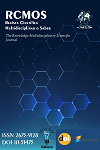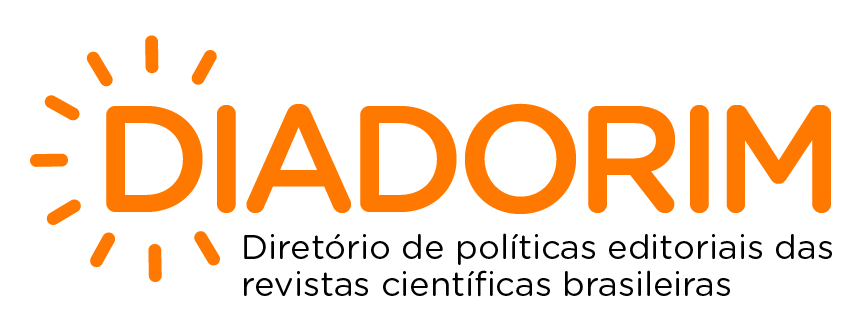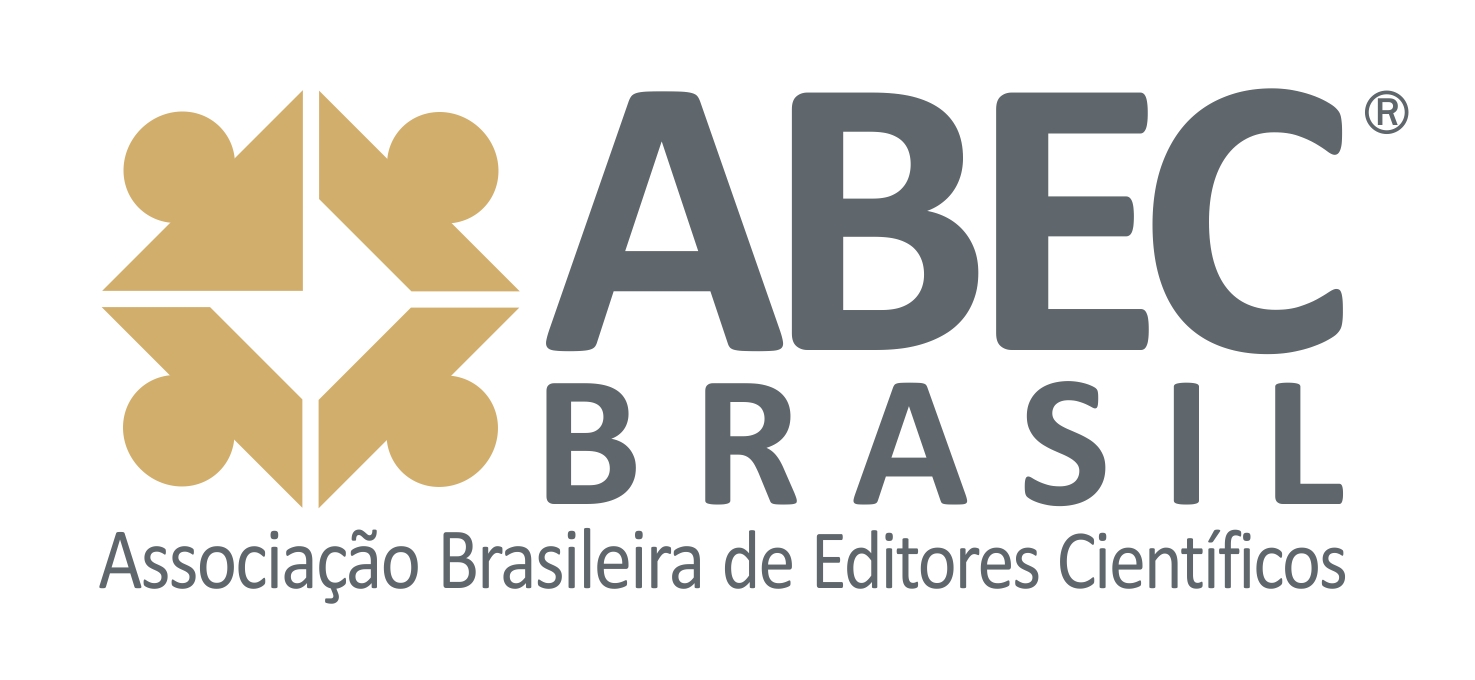MOVEMENT AND LEARNING: The Transformative Impact of PhysicalEducation in Schools
MOVEMENT AND LEARNING: The Transformative Impact of PhysicalEducation in Schools
DOI:
https://doi.org/10.51473/rcmos.v1i1.2025.1151Keywords:
Education, development, health, quality of life, school practice.Abstract
This final project focuses on the relevance of Physical Education in schools and its impact on the motor development of healthy adults. The objective is to investigate the influence of regular physical activity during school on motor learning and the physical, mental and social development of these individuals. The central question of this study is: what is the role of Physical Education in schools in promoting motor learning and the integral development of healthy adults? The methodological approach used will be exclusively bibliographic, based on books, articles and scientific documents that discuss the importance of physical practices experienced in childhood and adolescence. The aim is to understand how motor skills acquired during Physical Education classes affect quality of life during adulthood, highlighting their relevance for physical, mental and social well-being. It is expected that the results of this analysis will reinforce the need to promote the practice of physical activities from an early age in schools, considering not only motor development, but also the individual's integral health. Thus, the study highlights the role of Physical Education as an essential curricular component for holistic education and for promoting health and quality of life throughout the life cycle. Thus, the discipline is understood not only as a means of developing motor skills, but as an indispensable tool for biopsychosocial development.
Downloads
References
ARRAZ, Fernando Miranda. A Importância da Atividade Física na Infância. Revista Científica Multidisciplinar
Núcleo do Conhecimento. Ano 03, Ed. 08, Vol. 01, pp. 92-103, Agosto de 2018. ISSN:2448-0959, Link de
acesso: https://www.nucleodoconhecimento.com.br/educacao/atividade-fisica-na-infancia acesso em: 02/04/2025
AZEVEDO, F. Da educação physica: o que ela é, o que tem sido, o que deveria ser. São Paulo:
BAILEY R. (2006). Physical Education and Sport in Schools: A Review of Benefits and Outcomes. Journal of DOI: https://doi.org/10.1111/j.1746-1561.2006.00132.x
School Health, 76 (8), 397-401.
BICKEL, E.A; MARQUES, M.G.; SANTOS, G.A. Esporte e sociedade: a construção de valores na prática
esportiva em projetos sociais. EFDeportes, Revista Digital – Buenos Aires, Ano 17, nº 171, 2012.
BRASIL. Base Nacional Comum Curricular. Brasília: MEC, 2018. Disponível em:
basenacionalcomum.mec.gov.br/images/BNCC_EI_EF_110518_versaofinal_site.pdf>. Acesso em: 15 de abril
de 2025.
BRASIL. Decreto n° 69450, de 01 de novembro de 1971. Brasília, 1971. Disponível em: < http://
www.planalto.gov.br/ccivil_03/decreto/D69450.htm>. Acesso em: 15/04/2025.
BRASIL. Lei 4024 de 20 de Dezembro de 1961. Lei de Diretrizes e Bases da Educação Nacional, 1961.
BRASIL. Lei n° 9.394, de 20 de dezembro de 1996. Brasília, 1996.
BRASIL. Ministério da Educação e do Desporto. Secretaria de Educação Fundamental. Parâmetros Curriculares
Nacionais para o Ensino Fundamental. Brasília, MEC/SEF, 1997.
BRASIL. Ministério da Educação. Parâmetros curriculares nacionais: educação física. Brasília: SEF, 114P,
CARLAN, P; KUNZ, E; FENSTERSEIFER, P. E. O esporte como conteúdo da educação física escolar: estudo
de caso de uma prática pedagógica “innovadora” – Revista Movimento – FGRS – Rio Grande do Sul, 2012.
COLETIVO DE AUTORES. Metodologia do ensino da educação física. São Paulo: Ed. Cortez,
JUNIOR, A.B.G; CAPUTO, G.A. A inclusão social e o esporte na infância: um estudo de caso no centro
municipal de educação integrada de Penápolis. Lins – São Paulo, 2014.
LAKATOS, E. M.; MARCONI, M. A. Fundamentos de metodologia científica. 5ª ed. São Paulo
LOPES, M.A.; KRUG, R.R.;BONETTI, . R. e MAZO, G. Z. - Barreiras que influenciaram a não adoc¸ão de
atividade física por longevas, dx.doi.org/10.1016/j.rbce.2015.10.011, disponível em:
http://www.rbceonline.org.br , acesso em: 04/04/2025. DOI: https://doi.org/10.47874/aquj04hs2025
PERDOMO, Aloísio Vianei Paiva. A Ginástica no Brasil: percurso histórico no currículo escolar. Disponível
em: http://www.uel.br/cefe/demh/portal/pages/arquivos/TCC/2011/Aloisio_Perdomo_LEF1 00_2011.pdf
Acesso em: 4/04/2025.
SALLIS, J.F., & Owen, N. (2013). Ecological models of health behavior. In: Glanz K., Rimer B.K., Viswanath
K. (eds) Health Behavior: Theory, Research and Practice (pp. 43-64). San Francisco: Jossey-Bass.
SILVA, Sara Gomes da A importância da educação física escolar para os alunos do ensino fundamental II/ Sara
Gomes da Silva.– Inhumas: FacMais, 2021.
SOUZA, Silvia Cristina de. A importância da educação física escolar de primeira a quarta do ensino fundamental
I. Disponível em:
https://acervodigital.ufpr.br/bitstream/handle/1884/59349/SILVIA%20CRISTINA%20DE%20SOUZA.pdf?sequ
ence=1&isAllowed=y Acesso em: 04 abril 2025.
Weiszflog Irmãos, 1920.
Downloads
Additional Files
Published
Issue
Section
Categories
License
Copyright (c) 2025 Luciana Martins, Ivanise Nazaré Mendes (Autor)

This work is licensed under a Creative Commons Attribution 4.0 International License.












